Modern LCD and plasma screens are not just used in people’s front rooms. Nowadays, TVs are just as likely to be used out of the home as either digital signage or as some form of information screen. Using a TV out of the home does come with its problems, though. Out of home locations and public areas mean that any TV screen is vulnerable to damage, either from impact and vandalism, or from the weather.
The rough and tumble of out of home areas means that screens used for digital signage or information provision, need protection, which is where a TV screen protector is used to enable standard LCD or plasma screens to operate outside their normal confines.
Physical Defense
TV screen protectors are a rugged enclosure, housing standard LCD or plasma screens. Many outdoor screens are in public areas, and so are vulnerable to impacts, wither accidental or deliberate. Often made from steel with shatterproof screens, a TV screen protector is rugged enough to defend from even the most tenacious vandal, ensuring the internal screen can’t be damaged.
A TV screen protector also provides security from theft. Able to be securely mounted walls, ceilings or stands, the lockable enclosures prevents any access to the housed TV, preventing theft and also tampering. A shatterproof screen also ensures the screen face can’t be damaged by impact, and will not lead to the hazard of broken glass if it is struck or impacted.
Weatherization
For screens placed in outdoor areas, protection from the weather is crucial, and is something that is also provided by the TV screen protector. Once enclosed in the TV screen protector, an LCD or plasma screen is waterproofed, ensuring no rain or other weather elements can get inside and damage the screen.
Furthermore, windblown dust and pollutants are also kept out, which means the TV screen protector can operate in areas such as train station platforms or bus stations where there is a strong likelihood of these sorts of contaminates damaging the screen.
Temperature Control
Temperature control is also an important aspect of using a TV out of the home. TV screens are liable to overheat with continuous use so need some form of cooling system. This can be tricky with screen used outdoors as ventilation can lead to the ingress of moisture. To get around this, TV screen protectors using clever baffled chambers that allow internal cooling fans to transfer heat away from the screen while at the same time allow fresh air inside.
Overheating is not the only problem for TVs operating outdoors, either. If a screen is to operate throughout the year, it also needs protection from the freezing temperatures of winter. The extreme cold is just as disabling for a modern TV screen as the heat, so insulation and heaters are employed inside TV screen protectors to ensure the TV’s optimum temperature range is kept at all times, regardless of the season.
A TV screen protector enables almost any make or model of modern LCD or plasma screen to be taken out of the home and used for all sorts of applications, from digital signage and advertising, providing public information, to outdoor entertainment.
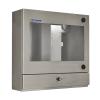



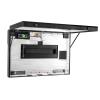
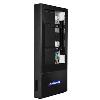
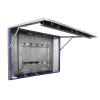
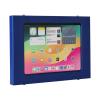
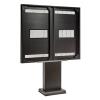
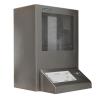






Comments are closed.